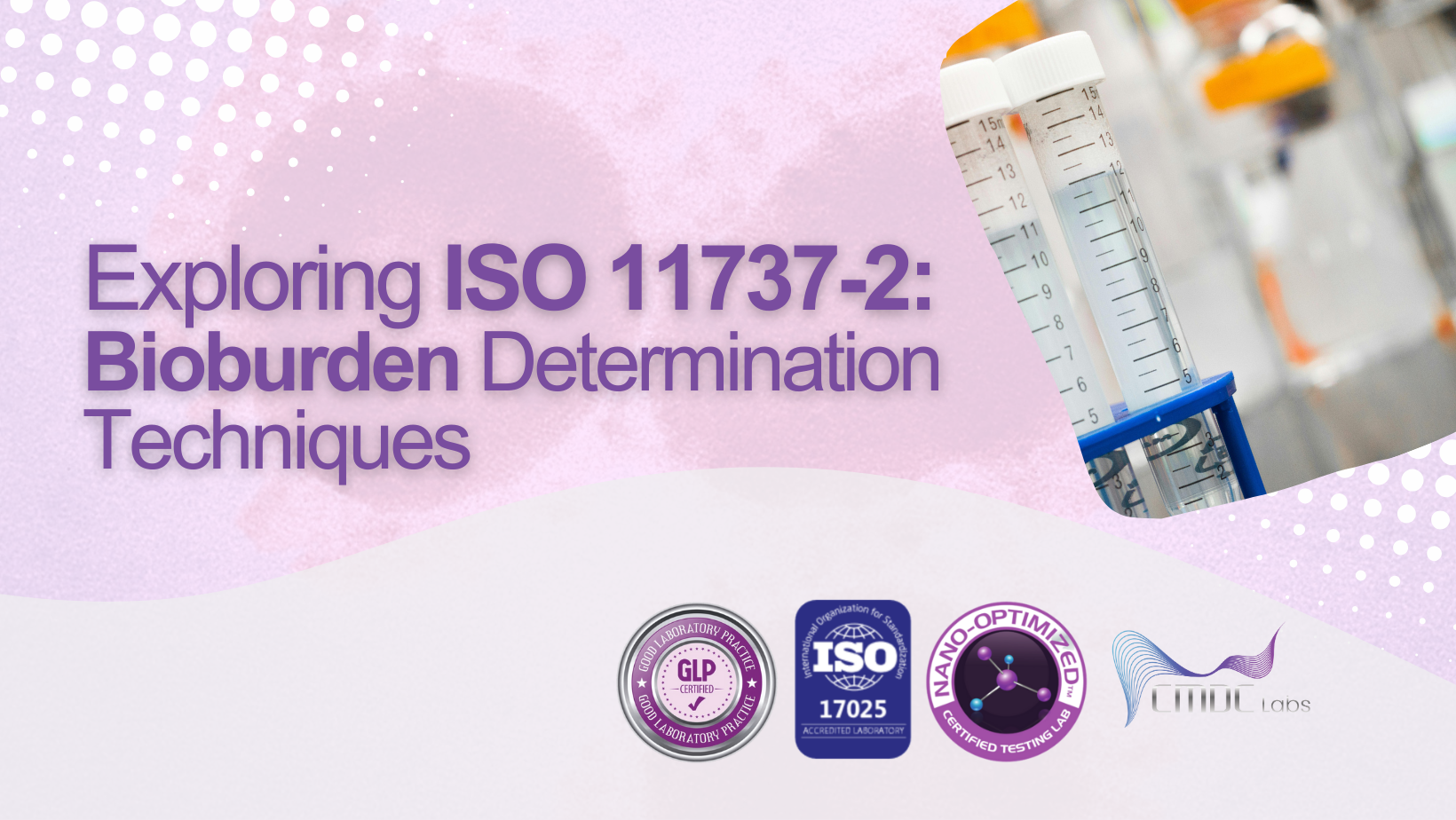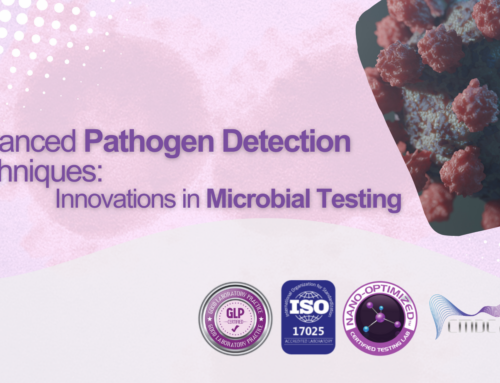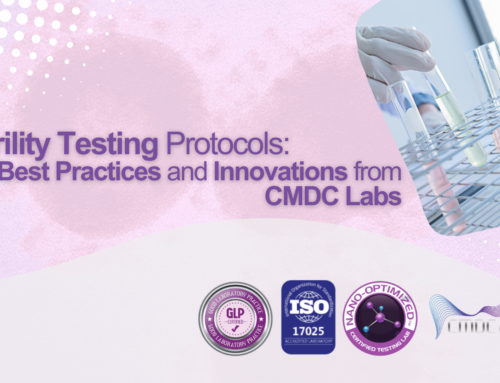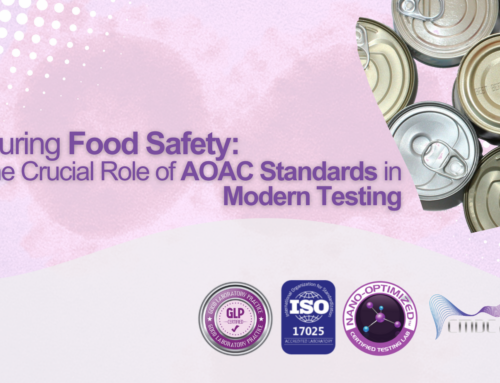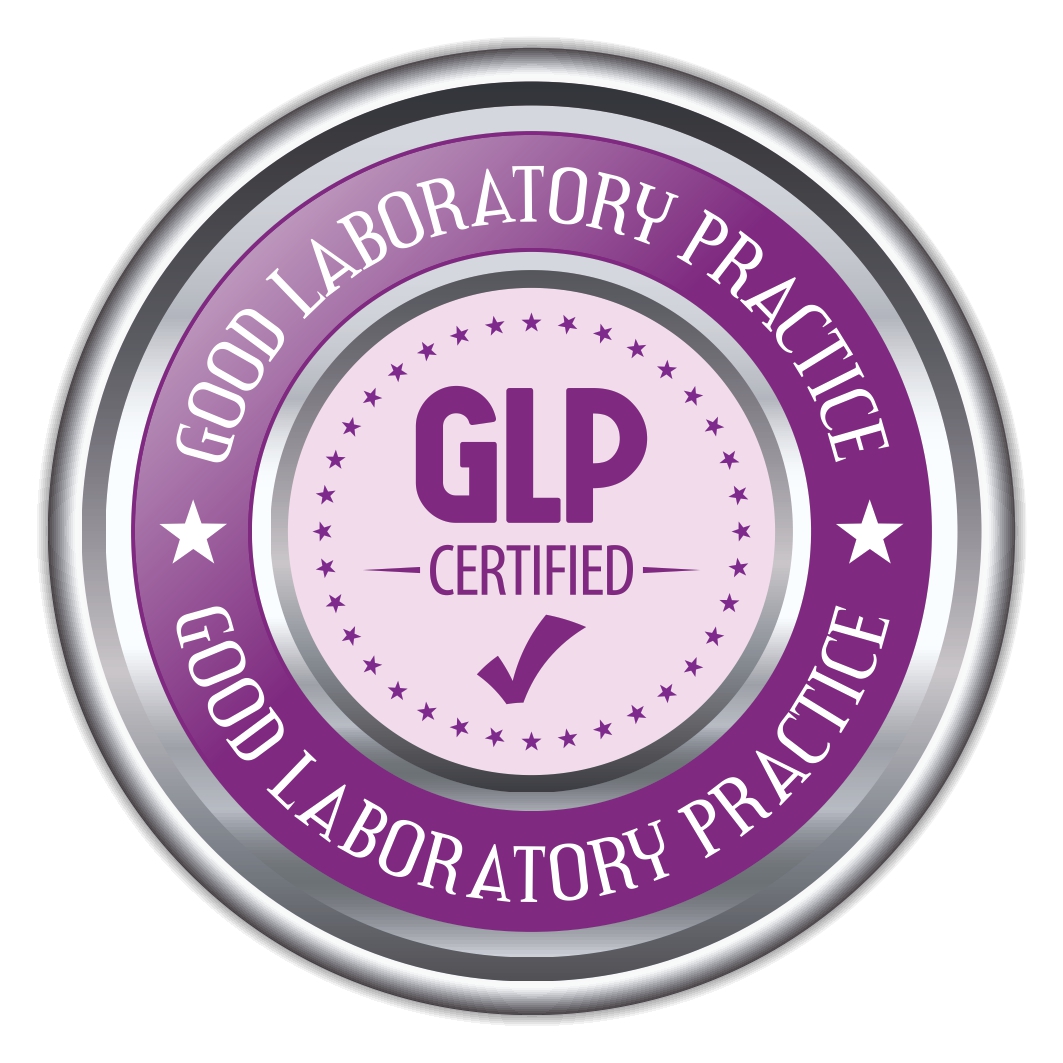ISO 11737-2 is a crucial standard within the realm of microbiological testing, specifically focusing on the determination of bioburden in medical devices. Bioburden refers to the population of viable microorganisms present on or within a product before sterilization. Compliance with ISO 11737-2 is essential for ensuring the safety and efficacy of medical devices, as excessive bioburden can compromise patient health. This article delves into the intricacies of ISO 11737-2, exploring its significance, methodologies, and implementation in the context of bioburden determination.
Significance of ISO 11737-2:
ISO 11737-2 serves as a foundational guideline for manufacturers, regulators, and testing laboratories involved in assessing the microbiological cleanliness of medical devices. Compliance with this standard is necessary to demonstrate that medical devices meet predetermined bioburden limits, which are critical for minimizing the risk of infection or adverse reactions in patients. By adhering to ISO 11737-2, stakeholders can establish robust quality control measures, mitigate microbial contamination risks, and uphold patient safety standards.
Methodologies for Bioburden Determination:
ISO 11737-2 outlines several methods for bioburden determination, each offering unique advantages and considerations. These methodologies include membrane filtration, direct inoculation, and rinse methods, among others. Membrane filtration involves filtering a sample through a membrane filter, followed by incubation to allow microbial growth. Direct inoculation entails placing the sample directly into a growth medium, while rinse methods involve washing the sample to dislodge microorganisms for subsequent analysis. Understanding the intricacies of each method is crucial for selecting the most appropriate approach based on the device’s characteristics and intended use.
Implementation Challenges and Considerations:
While ISO 11737-2 provides comprehensive guidance for bioburden determination, its implementation may pose challenges for stakeholders. Factors such as sample size, sampling locations, and microbial recovery efficiency can influence the accuracy and reliability of test results. Additionally, ensuring consistency and reproducibility across multiple testing instances requires meticulous attention to detail and adherence to standardized protocols. Moreover, evolving regulatory requirements and advancements in analytical techniques necessitate continuous evaluation and optimization of bioburden testing practices.
Best Practices and Quality Assurance:
To enhance the effectiveness of bioburden determination in accordance with ISO 11737-2, stakeholders should adopt best practices and implement robust quality assurance measures. This includes conducting method validation studies, establishing appropriate acceptance criteria, and maintaining traceability of testing procedures and results. Furthermore, regular training and competency assessments for laboratory personnel are essential for ensuring proficiency in bioburden testing techniques. By adhering to these best practices, organizations can uphold the integrity and reliability of bioburden data, ultimately contributing to improved patient outcomes and regulatory compliance.
Conclusion:
ISO 11737-2 plays a pivotal role in guiding the bioburden determination process for medical devices, offering standardized methodologies and quality assurance principles. By understanding the significance of this standard and implementing appropriate testing strategies, stakeholders can effectively assess and control microbial contamination risks, thereby safeguarding patient health and ensuring product quality and safety. As the landscape of medical device manufacturing continues to evolve, adherence to ISO 11737-2 remains indispensable for maintaining regulatory compliance and upholding the highest standards of microbiological cleanliness.

